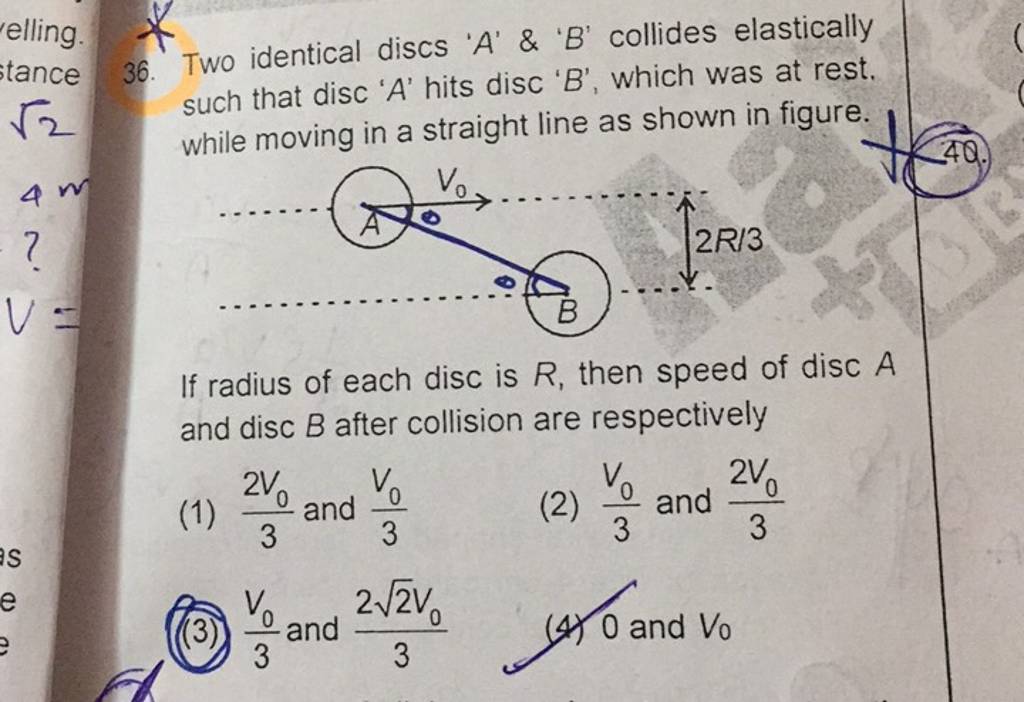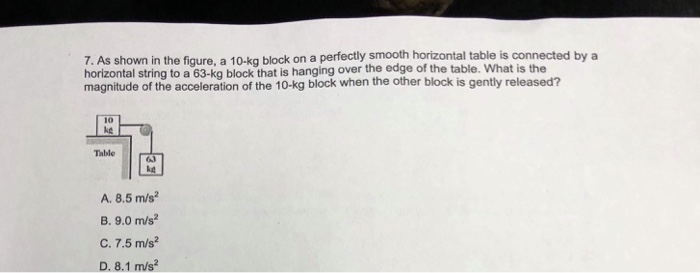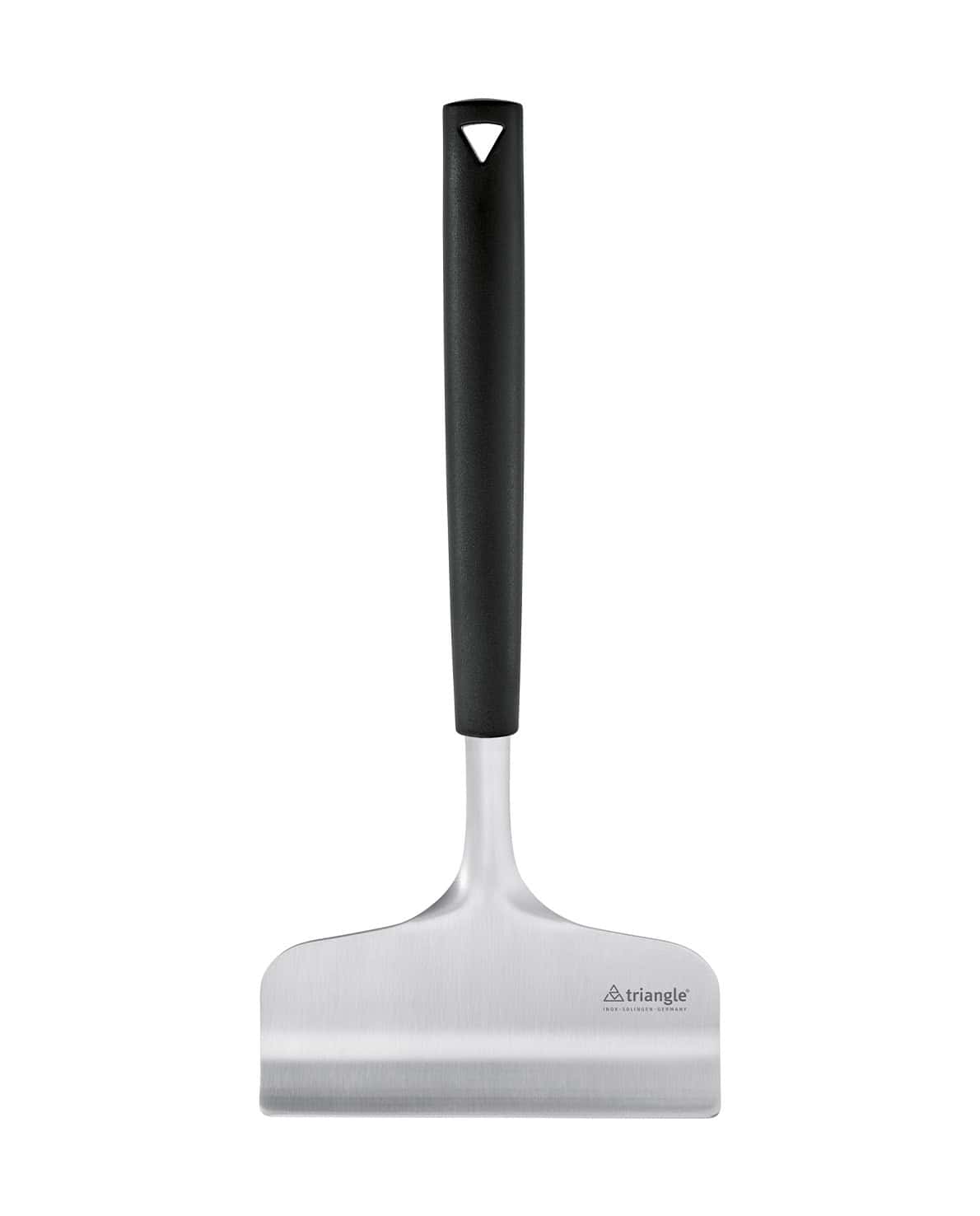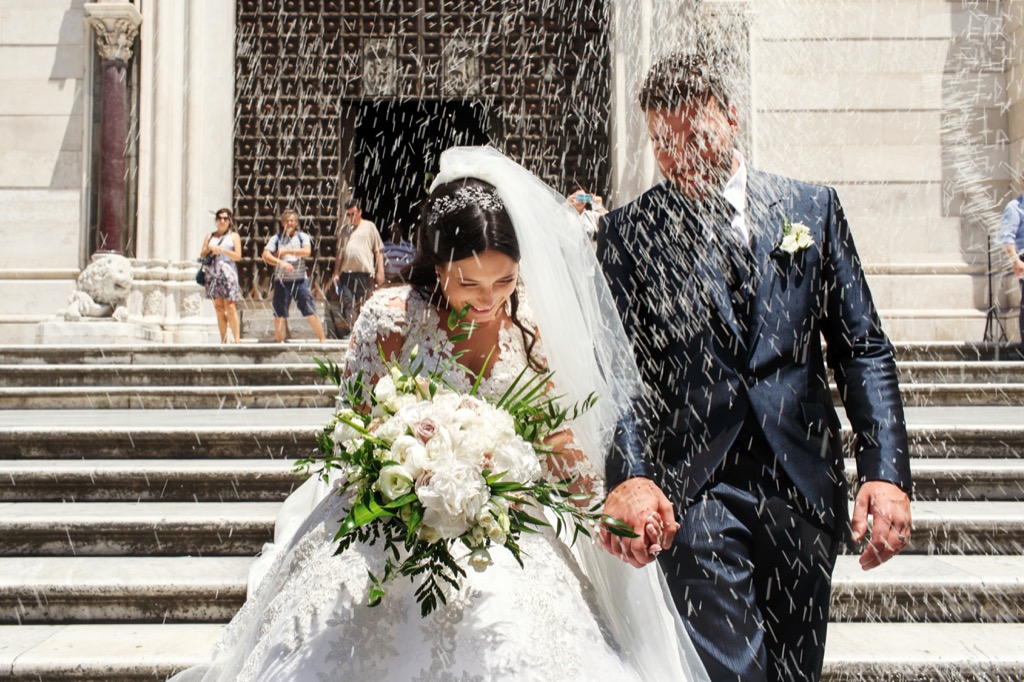- Home
- perfectly smooth
- A disk A of radius r moving on perfectly smooth surface a speed undergoes a perfectly elastic collision with an identical stationary disk B. Find the velocity of the disk B after
A disk A of radius r moving on perfectly smooth surface a speed undergoes a perfectly elastic collision with an identical stationary disk B. Find the velocity of the disk B after
4.9 (287) · $ 20.50 · In stock
Click here:point_up_2:to get an answer to your question :writing_hand:a disk a of radius r moving on perfectly smooth surface at a speed v 2
Click here👆to get an answer to your question ✍️ A disk A of radius r moving on perfectly smooth surface a speed undergoes a perfectly elastic collision with an identical stationary disk B- Find the velocity of the disk B after collision the impact parameter is r-2 as shown in the figure 1- VYT

Two shuffleboard disks of equal mass, one orange and the other yellow, are involved in an elastic, glancing collision. The yellow disk is initially rest and is struck by the orange disk

2. A disk A of radius r moving on perfectly smooth surface a speed undergoes an elastic collision with an identical stationary disk B. Find the velocity of the disk B after
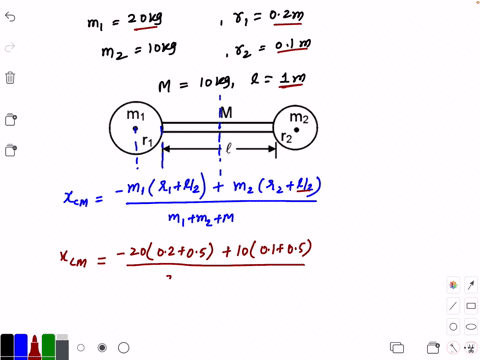
Chapter 2, Rotational Dyanamics Video Solutions, IIT JEE Super Course in Physics: Mechanics II

A disk sliding with velocity u on a smooth horizontal plane strikes another identical disk kept at rest as shown in the figure. If the impact between - Sarthaks eConnect
A disk of mass M and radius R is initially rotating at angular velocity of ω. While rotating, it is placed on a horizontal surface whose coefficient of friction is μ= 0.5.
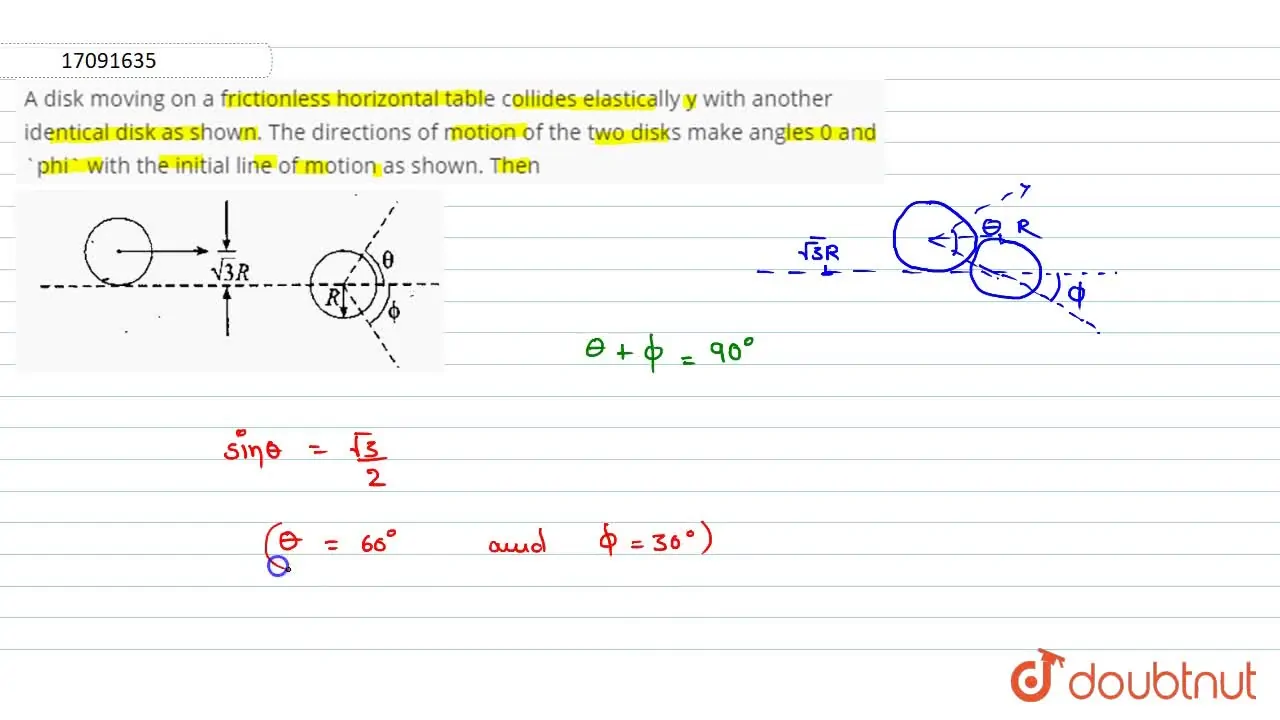
A disk moving on a frictionless horizontal table collides elastically
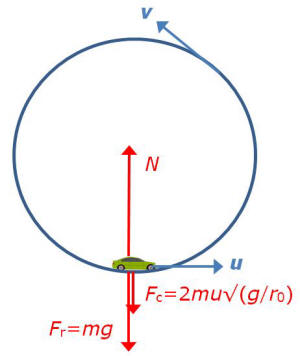
Ask the Physicist!

Two smooth balls A and B each have a mass of 0.2 kg. If A strikes B with a velocity of 1.5 m/s as shown, determine their final velocities just after collision.
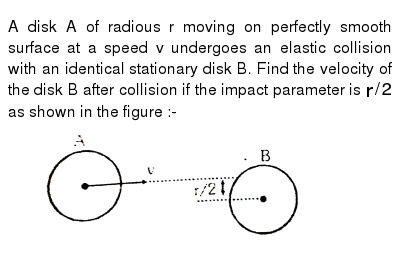
A disk A of radious r moving on perfectly smooth surface at a speed v

A particle of mass m strikes elastically with a disc of radius R, with
